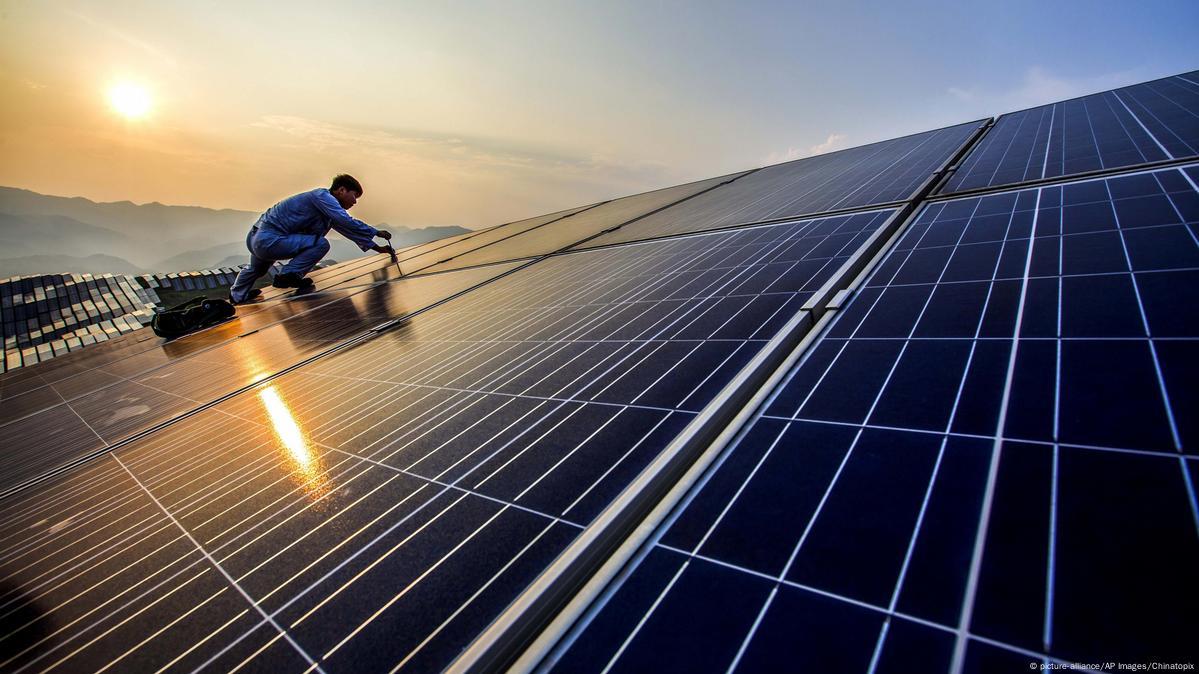Solar Energy Market Insights Forecast Strong Growth Backed by Technology and Sustainability Goals

The global transition toward clean and renewable energy has catapulted the Solar Energy Market into the spotlight. As countries strive to meet carbon neutrality targets and reduce dependency on fossil fuels, solar power has emerged as a cornerstone in the global energy mix. With substantial advancements in photovoltaic (PV) technology, declining costs, and supportive government policies, the solar energy market is undergoing rapid expansion. From rooftop solar installations to large-scale solar farms, the market is witnessing both horizontal and vertical growth, creating opportunities across the energy value chain.
Current Market Landscape
In recent years, the solar energy sector has experienced exponential growth, driven largely by increasing environmental awareness and governmental initiatives. The global solar capacity surpassed 1,200 GW in 2024, a clear sign of momentum in both developed and developing regions. Markets in Asia-Pacific—particularly China, India, and Japan—have seen aggressive capacity expansion, while North America and Europe are making significant investments to modernize infrastructure and integrate solar into smart grids.
One of the major forces behind this expansion is the declining cost of solar panels. Over the past decade, the price of solar PV modules has dropped by more than 80%, making solar power not only environmentally responsible but also economically viable. In some regions, solar energy has achieved grid parity, meaning it is as affordable—or even cheaper—than electricity from traditional sources.
Key Drivers of Market Growth
Several factors are accelerating the growth of the solar energy market:
-
Government Incentives and Policies: Subsidies, tax incentives, and feed-in tariffs have encouraged both individual and commercial adoption of solar technologies. Countries such as the U.S., Germany, and India have set ambitious renewable energy targets, thereby fostering a favorable policy landscape.
-
Technological Advancements: Innovations in solar cell efficiency, battery storage systems, and inverter technologies have enhanced the performance and reliability of solar power systems. Emerging technologies like perovskite solar cells and bifacial panels offer the potential for even greater efficiency.
-
Energy Storage Integration: The integration of solar with battery storage is becoming increasingly critical. Energy storage helps mitigate intermittency issues, allowing solar power to be stored and used during periods of low sunlight or high demand.
-
Corporate Sustainability Goals: Corporations are under increasing pressure to adopt sustainable practices. Many large enterprises, including tech giants and manufacturing companies, are investing heavily in solar installations to offset their carbon footprints and reduce energy costs.
Challenges and Restraints
Despite its promising outlook, the solar energy market faces several challenges. High initial installation costs, although decreasing, can still be a barrier, particularly in underdeveloped regions. Moreover, the intermittent nature of solar power requires reliable storage and grid integration solutions. Land use concerns, especially for large-scale solar farms, and the environmental impact of solar panel disposal are also issues that require attention.
Additionally, supply chain disruptions—such as those witnessed during the COVID-19 pandemic—highlight vulnerabilities in the sourcing of key materials like polysilicon and rare earth elements. Developing more resilient, localized supply chains will be essential to sustain long-term growth.
Regional Insights
-
Asia-Pacific continues to dominate the solar energy landscape. China leads globally in both manufacturing and installation, followed closely by India, which has set a target of 280 GW of solar capacity by 2030.
-
Europe has focused on decentralized, community-based solar projects and smart grid integration. Countries like Germany and the Netherlands are pioneers in residential rooftop systems.
-
North America is witnessing strong growth, especially in the U.S., where federal incentives and state-level policies are driving adoption. Canada and Mexico are also expanding their solar capabilities.
-
Middle East and Africa are emerging as new frontiers for solar energy due to their high solar irradiance and increasing energy demands.
Future Outlook
The solar energy market is poised for sustained growth over the next decade. Analysts project a compound annual growth rate (CAGR) of over 10% through 2030. Future developments are expected to center around smart solar solutions, decentralized grids, and energy-as-a-service (EaaS) models. Furthermore, the integration of artificial intelligence and IoT in solar monitoring and maintenance will revolutionize how solar systems are managed.
Governments, private investors, and research institutions must continue to collaborate to overcome the remaining technical and financial hurdles. As global economies seek to decarbonize, the role of solar energy as a scalable, reliable, and clean power source becomes ever more critical.
Conclusion
The solar energy market is at a pivotal juncture. With accelerating technological innovations, supportive policy frameworks, and rising global energy demand, solar power is set to reshape the future of energy. Stakeholders across the board—governments, businesses, and consumers—have a unique opportunity to contribute to a more sustainable and resilient energy ecosystem by embracing solar energy.
- Art
- Causes
- Crafts
- Dance
- Drinks
- Film
- Fitness
- Food
- Games
- Gardening
- Health
- Home
- Literature
- Music
- Networking
- Other
- Party
- Religion
- Shopping
- Sports
- Theater
- Wellness


